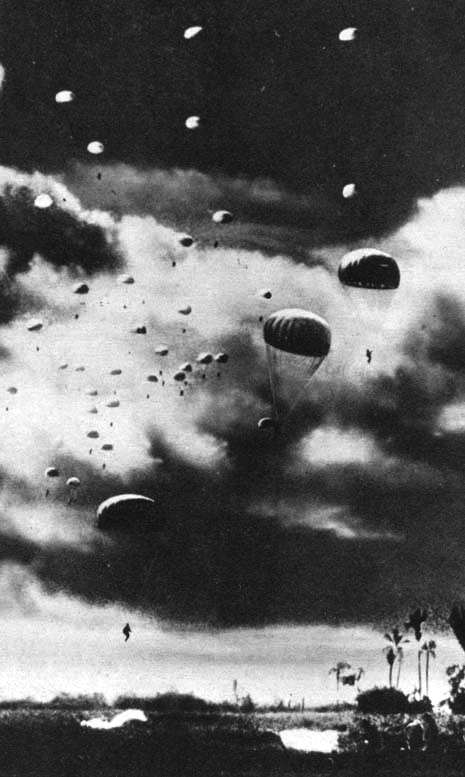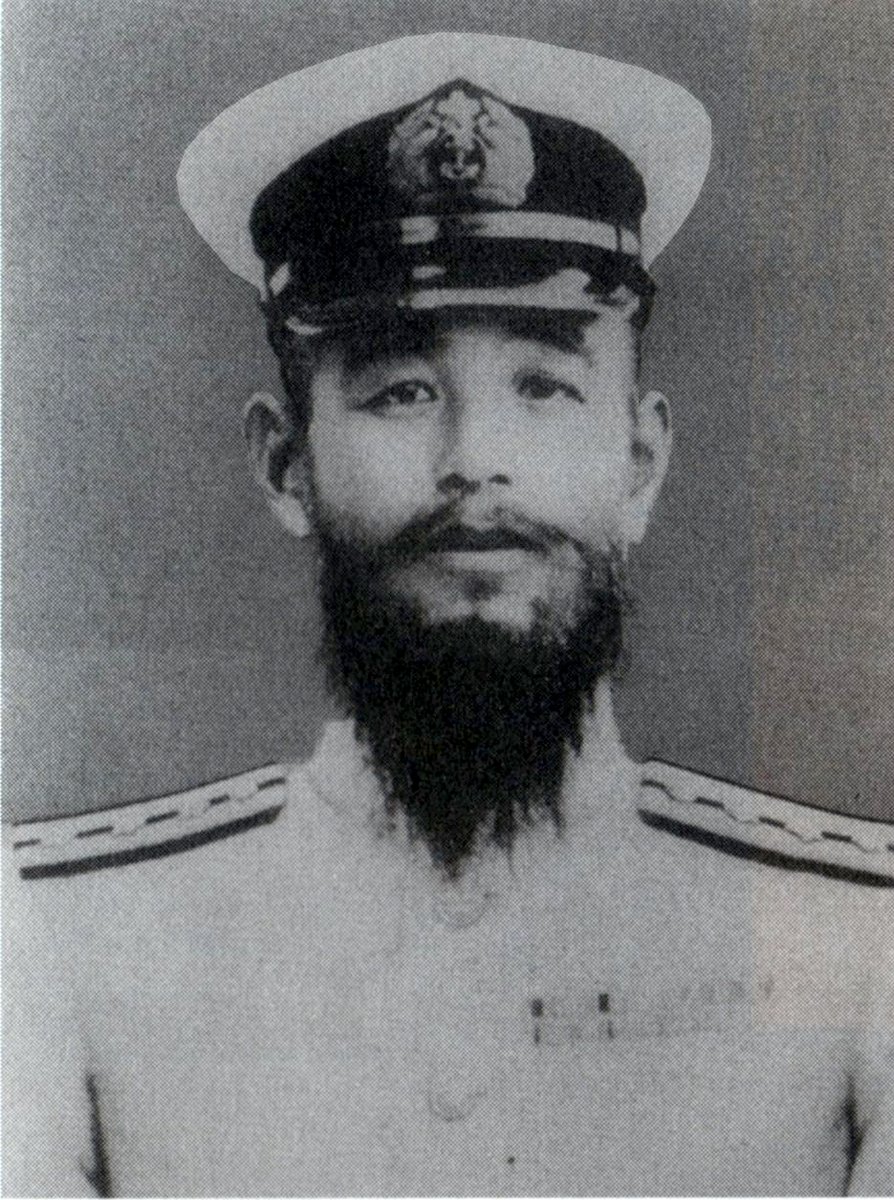December 13th, Japan and China time, is the day when it is said that there was a "so-called #NanjingMassacre", which is a complete propaganda by the Chinese Communist Party. Please click the date & time link of this tweet as we will talk about the details in the following tweets.
On the 9th before the attack, the Japanese army scattered a villa of surrender advice and evacuation advice to the citizens, but Tang Shengzhi, who became the head of the army instead of Chiang Kai-shek who ran away from Nanjing, ignored this. (to be Continued
#NanjingMassacre
#NanjingMassacre

In addition, Tang ran away without giving any instructions to his subordinates, the control of the Chinese army was destroyed, and the inside of Nanjing Castle (city) was confused like the next tweet. (to be Continued #NanjingMassacre is CCP's propaganda
What happened between the Barrier troops (the soldiers who shoot the allied soldiers fleeing the battlefield), the guerrilla soldiers (who took off their uniforms and robbed the ordinary people of their clothes) and the ordinary citizens It's not hard to imagine.(to be Continued
In other words, the fact that the guerrilla soldiers robbed the good people of China of clothes and money and fled while killing the good people who resisted, and the execution of the prisoners of war at the time of escape are the reality of the #NanjingMassacre.
(to be continued
(to be continued
The case of this barrier troops was described in the January 1938 issue of the English monthly magazine China Journal, "After the discovery of Tang's escape, Chinese soldiers tried to leave Nanjing. They were knocked down by machine guns by the Barrier troops. " (to be continued
In other words, before the Japanese troops entered Nanjing, the friendly fire between the Chinese troops had already begun. (to be continued
#NanjingMassacre
#NanjingMassacre
If there really was a so-called #NanjingMassacre, there would be no way that the Red Swastika Society (Chinese Red Cross) would send a letter of appreciation to the captain of the warship Hira saying, "Give me flour and cooking oil and save many lives." 

General Matsui , the general commander of the Battle of Nanjing, graduated from Army War College with excellent results, and even though he could choose his appointment anywhere in Europe and the U.S.A, he was an expert in China who dared to volunteer for China. (to be continued
He erected a Buddha statue in Atami, Japan, as a memorial service for the victims of both armies in the China Incident. *By the way, this Buddha statue is made from Chinese clay. (to be Continued #NanjingMassacre 

And every day after his retirement, he was praying for the souls of the victims of both armies, and was he really instructing the #NanjingMassacre? (to be Continued
Please see the attached leaflet for the episode of Shoichi Watanabe, an emeritus professor at Sophia University, who was born in October 1930 and died at the age of 86. (to be continued #NanjingMassacre 

Born in 1936, Shiro Suzuki, a former television announcer, lived in various parts of mainland China as a child. See his memories in China. (to be Continued #NanjingMassacre 

It is portrayed by China in the so-called #NanjingMassacre and by South Korea in the so-called comfort women case that Japanese soldiers "threw a baby into the air and stabbed it with a Japanese sword", but this is a lie and anti-Japanese propaganda by both countries. Because...
I have never seen a history book that describes such an act in the history of Japan, but the Chinese history book "Zizhi Tongjian" has this depiction "其嬰児投於空中、承之以矛(Throw the baby in the air and receive it with a spear)".
In other words, such cruelty is so common in China and Korea that it is written about in history books, and the use of impossible propaganda to say that the Japanese military must have done such things is called "mirror image. (to be continued #NankingMassacre
There is a detailed primary source book on the #NanjingMassacre, "The Truth of Nanjing", which was mailed to all US Senators and Representatives over 10 years ago, and no one has complained about its contents. (to be continued 

I would like to say to people all over the world other than Chinese and Korean who are looking at this #NanjingMassacre tag. Recognize that all the statements and actions they despise Japan in the modern history of Japan are anti-Japanese propaganda. If you have questions, reply.
• • •
Missing some Tweet in this thread? You can try to
force a refresh








